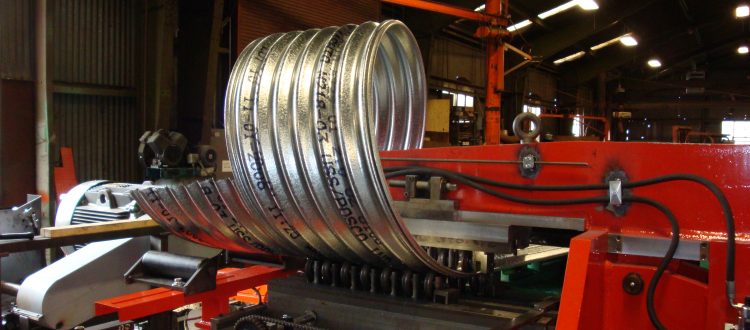Double layer roll forming machine Design Technology Introduction
Roll-framing is an interaction fit as a fiddle of a metal board is created by bit by bit twisting the metal through a progression of roll stands, or passes. Each stand should produce the proper measure of disfigurement for which it was planned. As a general rule, the level o misshapening at each stand is not consistent because of changes for springback and the safeguarding of measurement. Since the tooling is intended to control the external measurements o a board, roll formers are generally intended to exhaust the metal in explicit stands. Issues in the shaping framework or tooling configuration may exist if materials must be exhausted in the stands/tooling other than those intended for exhaust. Subsequently, when roll-shaping issues happen, analyze each phase of the cycle and not simply the remain at which the issue at first shows up.

The objective of a smooth ‘roll-shaping’ activity is accomplished when there is uniform Meta disfigurement all through the line. Roll formers are intended to be sensibly tranquil during the activity. They are not intended to run with material popping and wrinkling all through the activity. On the off chance that this happens, the activity should be researched May can ton. Two fundamental kinds of roll-framing frameworks are used: a precut line and a postcut line. A precut line shears the approaching material to a particular length before roll-shaping. During post cut line activity, the roll framed board runs consistently and is sheared to the necessary length after roll-shaping. Figure 1 on page 15 outlines an illustration of the two sorts of frameworks.
One of the main boundaries that characterize the achievement of a roll-framing activity is the idea of the material. To plan the ideal cycle, the tooling originator ought to be given material data to be utilized before the tooling planning. This incorporates material mechanical property ranges; measure resilience’s and shape resistances. Also, unique metallic coatings hot-plunge stirred or GALVALUME®1 Coated Sheet Steel, natural coatings or paint will bring about contrasts in execution even with similar arrangement of tooling because of their distinctive frictional attributes.
The architect requires a reasonable comprehension of the measure resistance to be provided. Preferably, a more powerful working window can be accomplished if the full scope of resistance is given to the tooling planner. The tooling architect will by and large plan the tooling to the thickest check. Requesting the tooling to a full ASTM resistance while getting materials with a half or one-quarter standard resilience will deliver a roll previous with a less powerful working window than either the architect or the board maker expected.
